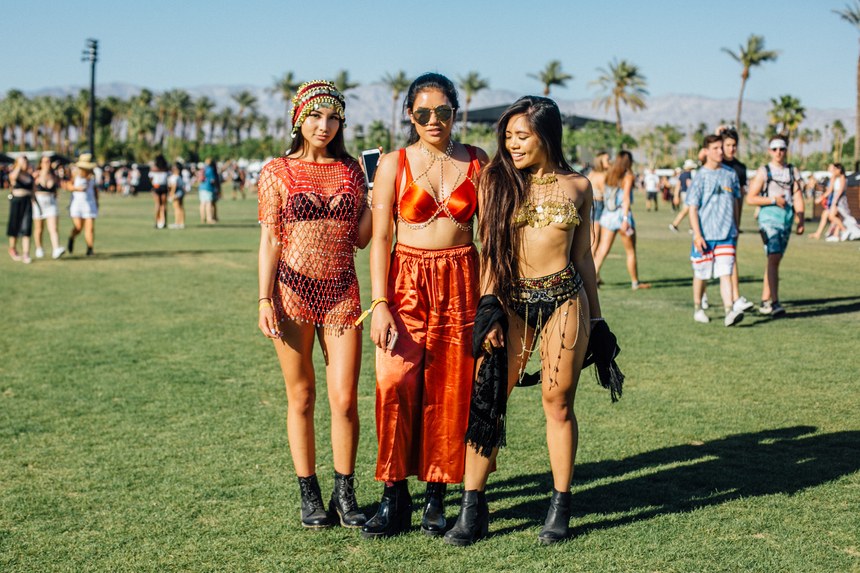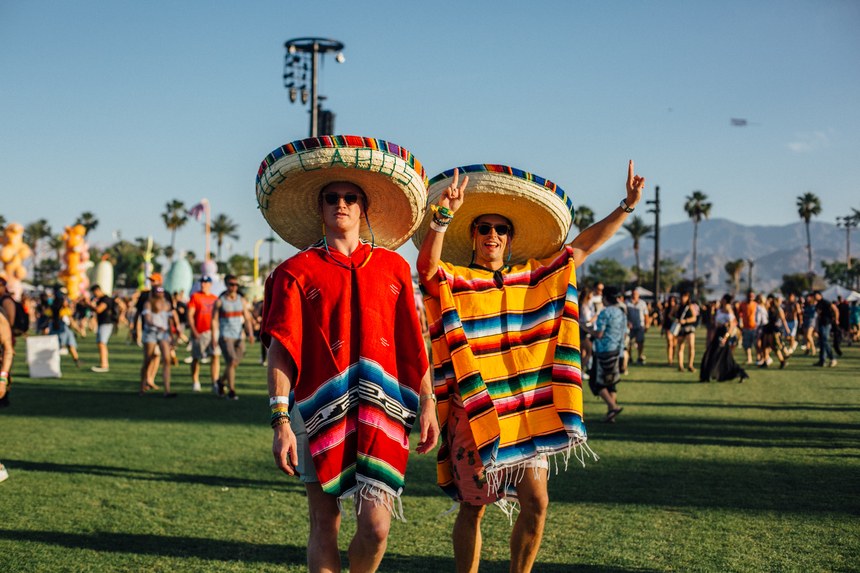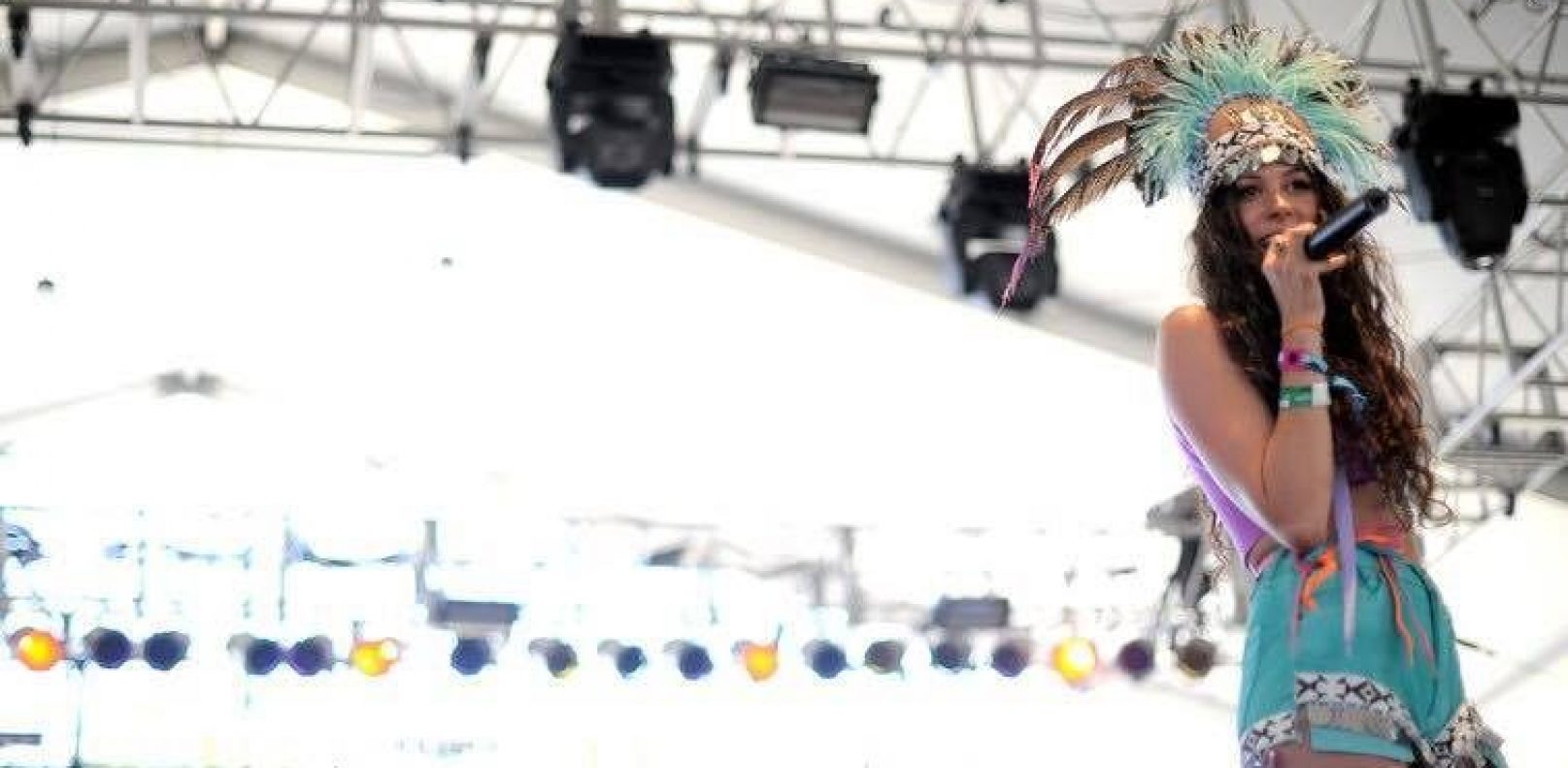
By Allison Oberlin
Coachella began on April 14th, marking the official beginning to summer festival season as well as a series of shady memes. Among them was an image of Johnny Depp as Tonto in The Lone Ranger, with the caption, “Every girl walking into Coachella like”. This joke really isn’t that funny, because it’s true. Cultural appropriation is when someone of one culture borrows elements of another culture in a harmful way that discards all cultural, historical or religious significance. Unfortunately some of the “best street style” at music festivals encourages further cultural appropriation. To be blunt, dressing up as a Native American princess is not a cute festival costume, it is offensive and damaging.
These “hot new festival trends” are normally shown on people who are not from the culture, meaning that these outfits are suddenly interesting when worn outside its culture of origin. To non-South Asian women (and men), bindis are a “fun way” to decorate your face. For many South Asian women it is more than an accessory, representing sacred wisdom and spiritual development. Portraying cultural symbols as trendy is insulting. To these cultures there is hundreds – if not thousands – of years of tradition behind the way one dresses for certain occasions, whereas trends fade quickly and can be discarded.

In an article by The Guardian, journalist Calum Marsh described an event in 2015 where a young woman wore a First Nations headdress to the Winnipeg Folk Festival in Canada. When a photo of her circulated the Internet, people were outraged at her ignorance. As a result, some Canadian music festivals stated an outright ban on headdresses, such as Montreal’s Osheaga Music and Arts Festival, which attracts about 40,000 per year, making it the highest profile festival to issue the ban. In doing so, many of these festivals try to communicate the cultural significance of the headdress. People who do not belong to the culture perceive it as a fashion statement, in reality it is a symbol of honor for leaders in First Nations communities. The head of the Department of Native Studies at the University of Manitoba, Niigaanwewidam James Sinclair, said headdresses are worn only for ceremonies. He says that, “Each feather in the headdress represents a relationship that has been forged by that leaders or a relationship that leader carries within the community and outside the community”.
Banning headdresses is important because clearly people, even outside of the US, still make these mistakes in 2017. This past weekend at Coachella seemed to improve overall, with most people opting for florals, neon, metallic and mesh. W Magazine covered the best style from the festival and unfortunately featured some culturally appropriative outfits, such as two white men in sombreros and three women of different races in belly dancing costumes. Belly dancing originated in India but spread throughout the Middle East, it is unclear if any of the women are from these cultures, but even so, they are not wearing the outfit in its intended setting.

In contrast, Vice Magazine interviewed people at Coachella last year wearing cornrows, dashikis, bindis, and headdresses. In the article by Kwele Serell, Coachella goers appeared unapologetic about their outfits. One man, who was not black, called his dashiki “artistic” while an inter-racial couple said they like their dashikis because “Everyone thinks I’m cool”. One has to wonder if these same people would think a person from West Africa wearing the dashiki also looks “cool”.
There really is no excuse for ignorance. If this is the information age, then why are people so ill informed?
This article is from the recurring series, Fashion Rant Friday.

